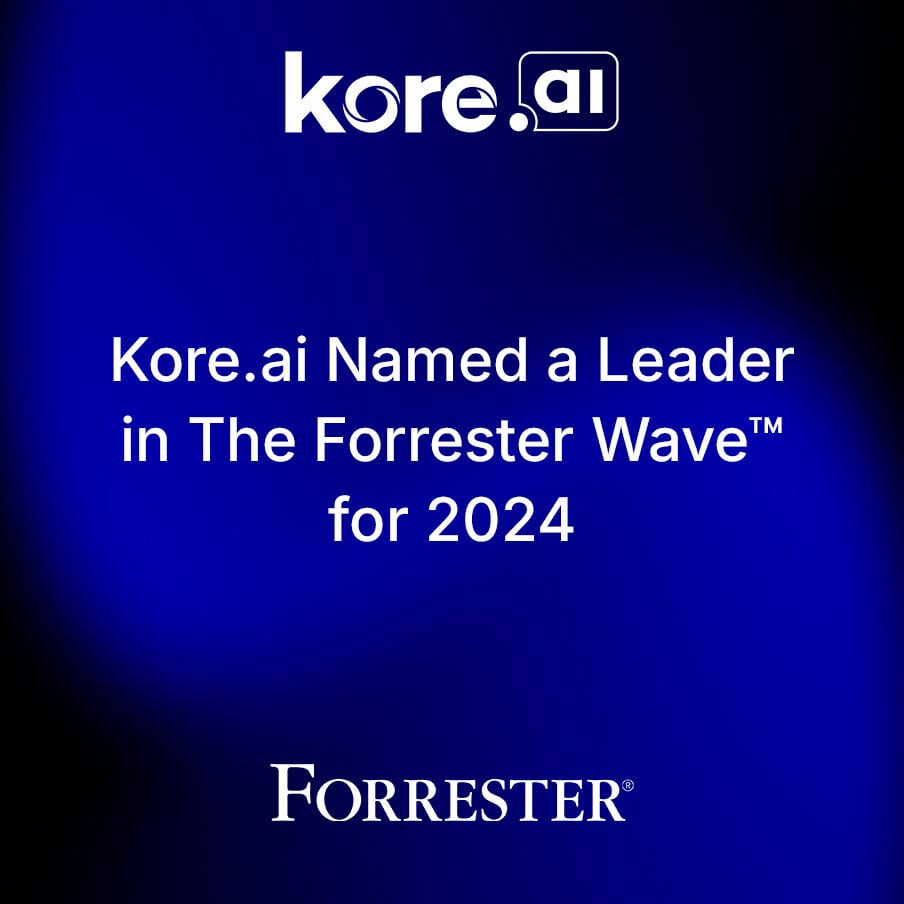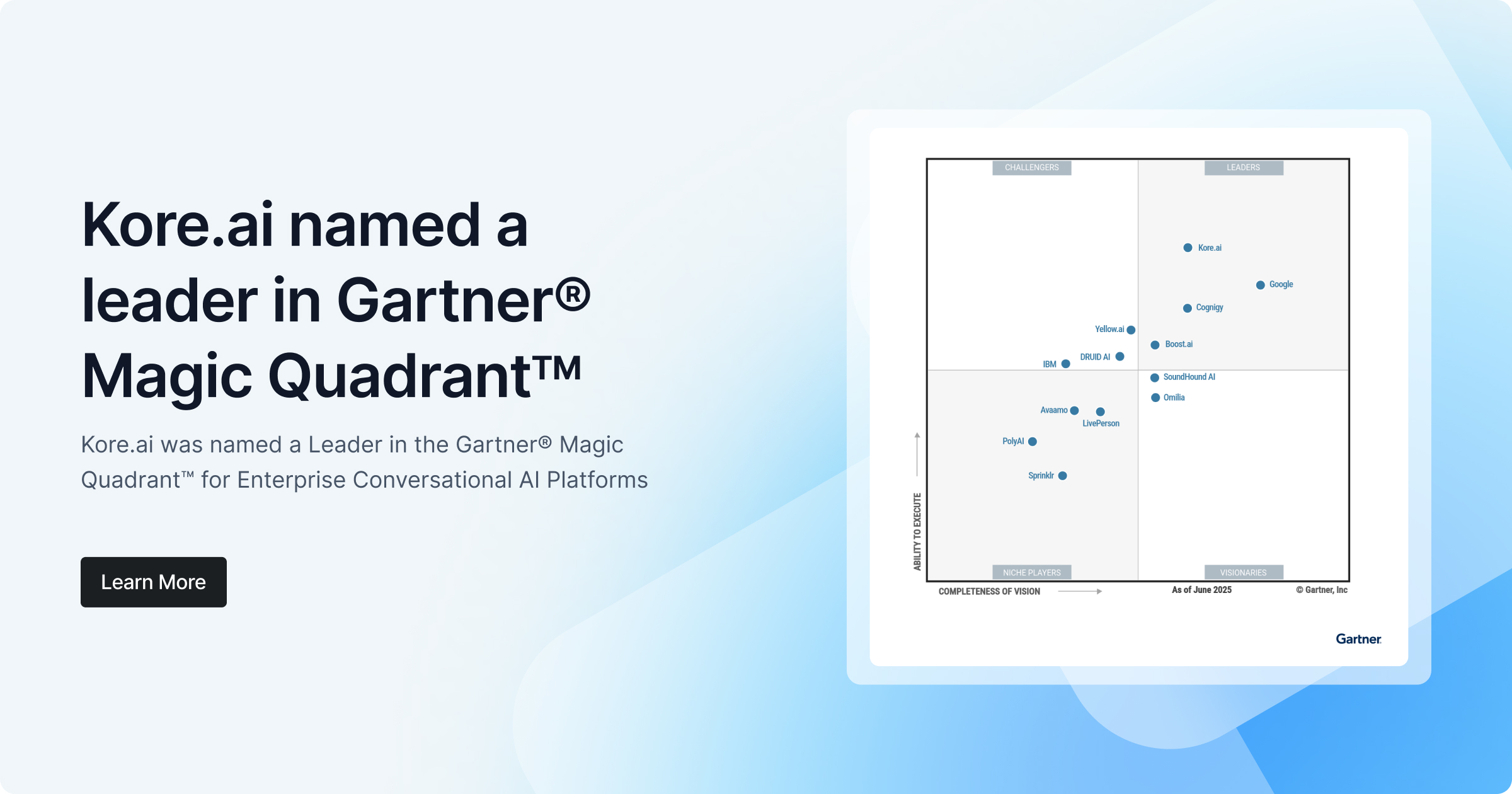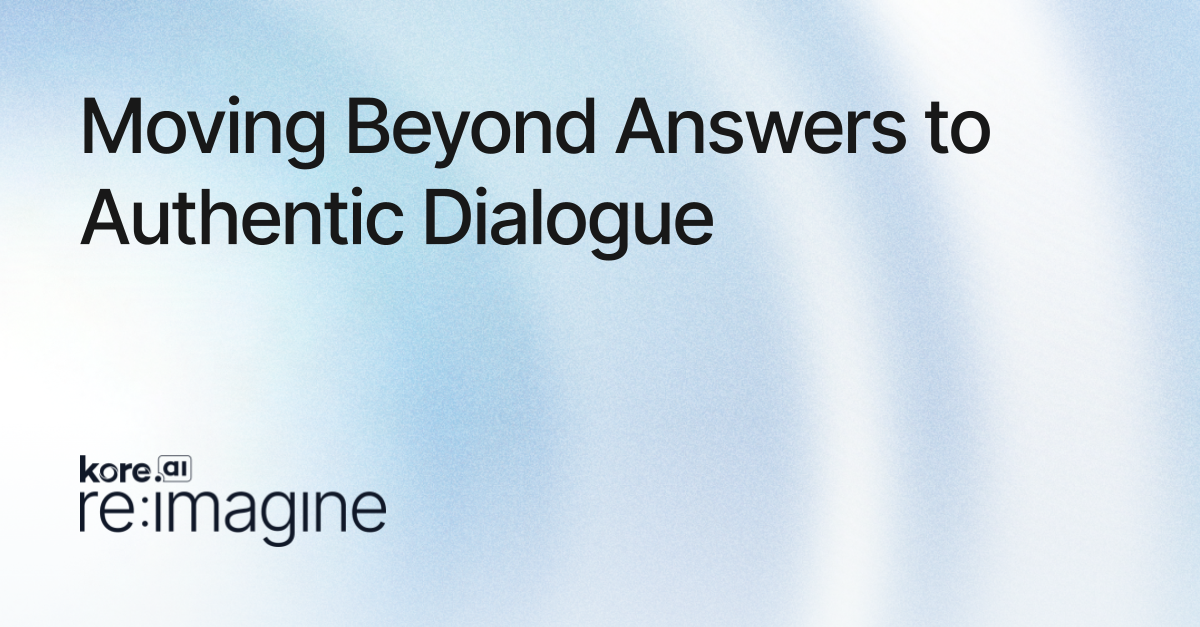Not all disruptions have the same impact. While trends come and go, Generative AI is a once-in-a-generation leap forward. This isn’t just about doing things faster; it’s about reimagining what work can achieve. Traditional productivity tools were designed for yesterday’s challenges. But the nature of work has shifted, and so have the stakes. Hybrid teams, fast-changing priorities, and relentless digital transformation demand a new approach. Generative AI (GenAI) is emerging as the ultimate ally in this quest, not just for efficiency but for a smarter, more empowered workforce.
The shift towards smarter work environments is here, and Generative AI is leading the way. From optimizing workflows to enhancing decision-making, GenAI offers a new level of productivity for teams navigating today’s challenges and scaling enterprise teams.
In this blog, we’ll explore five groundbreaking ways GenAI will reshape workplace productivity in 2025—and share how leaders can harness this shift to stay ahead in a fast-evolving world.
Recommended Read: Your 2025 Roadmap to Generative AI Success
Freeing Up Time for What Matters with AI for Work
Let’s be honest—no one takes a job expecting to spend their days buried in administrative work. Yet, from endless data entry to tedious report generation, routine tasks drain time and energy that could be spent on strategy and innovation.
GenAI changes the equation. Acting as the ultimate productivity partner, it automates the busywork—summarizing documents, crafting emails, managing schedules—so teams can focus on what truly moves the business forward.
Real-world impact: A global consulting firm saved over 1,500 hours per month by automating compliance reporting. Operations leaders eliminated bottlenecks, finance executives ensured seamless compliance, and client-facing teams shifted their focus to high-value strategies—leading to measurable business growth.
What this means for business leaders:
- CIOs & IT leaders – Accelerate enterprise efficiency by integrating AI-powered workflows.
- HR & People leaders – Reduce administrative burdens and focus on employee engagement and talent development.
- Finance & Compliance leaders – Generate audit-ready reports with greater accuracy and minimal effort.
By automating the repetitive, GenAI enables teams to work smarter, move faster, and drive greater impact. The future of work isn’t just about efficiency—it’s about creating space for innovation and strategic thinking.
Get all the basics about GenAI right with
Generative AI 101Your guide to generative AI and large language models (LLMs).
Learn key concepts, business uses, and steps to integrate AI into your work.
Redefining Recruitment
Hiring and retaining top talent has never been more complex, and AI is rapidly reshaping how organizations approach these challenges. By streamlining enterprise recruitment workflows and enhancing employee engagement, AI-driven tools are enabling HR and talent recruiting teams to work more efficiently and strategically.
Your people are your greatest asset, and GenAI is revolutionizing how organizations attract, retain, and support talent. Traditional recruiting processes—like crafting job descriptions, posting on career sites, screening resumes, and coordinating interviews—can be time-consuming and inefficient.
Learn more: Next-Gen Workplace Automation: How AI in Human Resources is Changing the Game for Recruiters
With AI for Work and tools like RecruitAssist, recruiting teams can:
- Automate job description (JD) creation based on role requirements and optimize postings for career sites and job boards.
- Use tools like RecruitAssist to analyze and match resumes with job descriptions, craft personalized outreach, and schedule interviews.
- Enhance candidate engagement through AI-driven communication, providing timely updates and responses.
- Implement AI-powered HR assistants to resolve routine employee and candidate queries, freeing up time for strategic initiatives like leadership development or Diversity, Equity, and Inclusion (DEI) programs.
Real-world example: A high-growth tech company reduced its time-to-hire by 40% with AI-powered recruitment tools, giving it a competitive edge in a tight labor market.
What this means for HR leaders and CHROs: By integrating GenAI into recruitment workflows, Chief Human Resource Officers (CHROs), talent acquisition heads, and HR leaders can accelerate hiring, improve candidate experiences, and build a workforce that aligns with long-term business goals.
What this means for business leaders and CEOs: For CEOs and business leaders, AI-driven recruitment ensures that teams are staffed with the right talent faster, driving organizational growth and innovation while maintaining a competitive edge.
Related Read: Scaling Your Enterprise Teams with AI Agents
Turning Data into Strategy
In today’s data-driven world, leaders need to make decisions quickly and confidently. But the challenge lies in sifting through mountains of data to uncover actionable insights.
GenAI simplifies this process by analyzing large datasets, generating intuitive reports, and even offering recommendations tailored to specific business needs.
For example, a Project Manager (PM) tasked with preparing a quarterly project report can now leverage AI tools like Smartsheet, which integrates AI to automate data aggregation and analysis. Instead of manually collecting updates from team members, financial systems, and project management tools, the AI can pull in all relevant information, analyze trends, and provide summary insights, all in real time. This reduces the time spent on data crunching and allows the PM to focus on strategic decision-making.
Real-world example: A global consulting firm used AI-powered Smartsheet tools to automate the data collection and reporting process, reducing reporting time by 50%. This enabled project managers to quickly present actionable insights to leadership, improving both the accuracy and speed of decision-making.
What this means for enterprise business leaders and project managers: GenAI acts as a decision-making co-pilot, providing clarity and actionable insights when it matters most. Project managers can now spend less time compiling data and more time driving impactful decisions, while executives gain faster access to critical business intelligence, keeping them ahead in an increasingly competitive marketplace.
Keeping Teams Aligned for Meetings
With hybrid and global teams becoming the norm, seamless communication is more important than ever. Miscommunication and inefficiencies in collaboration can lead to delays, misunderstandings, and missed opportunities.
GenAI bridges these gaps by automating meeting summaries, offering multilingual support, and providing tools that keep everyone aligned—regardless of location or time zone.
Real-world example: A multinational company reduced project delays by 30% with AI-powered collaboration tools that streamlined communication across global teams.
What this means for leaders:
- Team Leaders and Project Managers can ensure smooth coordination across teams by using AI to automate routine communication tasks like meeting summaries and follow-ups.
- C-suite Executives and Global Operations Leaders can leverage AI to enhance communication efficiency, foster alignment, and minimize delays across geographically dispersed teams.
In a fast-paced world, AI for work isn’t just a nice-to-have—it’s a strategic advantage that directly impacts productivity and success.
Empowering Quick and Right Decisions
Finding the right information at the right time is critical for productivity. Yet, employees often spend valuable hours searching for data buried in emails, documents, or systems.
GenAI transforms information discovery with technologies like Retrieval-Augmented Generation (RAG), delivering personalized, role-specific information or answers while maintaining security through Role-Based Access Control (RBAC).
Real-world example: A large healthcare insurer used the GenAI-powered AI agents to help support team troubleshoot issues, generate detailed tickets, and provide updates, cutting resolution times in half.
What this means for leaders:
- Operational Leaders can ensure that their teams have immediate access to the right data, empowering them to make faster, informed decisions.
- Department Heads benefit from improved efficiency in their teams' workflows, reducing the time spent searching for information and improving productivity.
- C-suite Executives can drive organizational agility by ensuring that key decisions are made promptly and with the right data at hand, fostering a more responsive and competitive business.
Streamlined access to information ensures faster decisions, reduces delays, and enables teams to focus on what truly matters.
The Productivity Leap with AI for Work
The promise of GenAI isn’t just about doing more—it’s about achieving more with less. By automating routine tasks, empowering HR, accelerating decisions, enhancing collaboration, and revolutionizing information access, GenAI positions organizations to thrive in the fast-changing workplace of 2025.
For decision-makers, here’s what matters:
- Identify High-Impact Use Cases:
Pinpoint areas where GenAI can drive immediate ROI, such as automation, customer service, or content generation.
- Choose the Right Platform/Partner:
Ensure scalability, integration, security, and Responsible AI compliance when selecting a GenAI provider.
- Build an AI-Ready Culture:
Promote innovation while embedding ethical AI practices, transparency, and cross-functional collaboration.
- Empower Your Teams:
Provide the tools, training, and support needed to maximize GenAI’s potential and adoption.
The future of productivity is here with AI for Work.
The question is: Is your organization ready to harness it?
Check out Kore.ai AI for Work to learn more.
Want to learn more about AI for Work?
Read: The Ultimate Guide for Choosing the Right GenAI Platform!
FAQs
- What are the top use cases of Generative AI for workplace productivity?
Generative AI is transforming workplace productivity across industries by automating repetitive tasks, enhancing decision-making, and streamlining workflows. Common use cases include AI-powered meeting summaries, automated report generation, intelligent virtual assistants, and AI-driven recruitment. In HR, tools like RecruitAssist optimize hiring, while AI-driven compliance automation saves finance teams thousands of hours. Learn more here. - What should enterprises consider when choosing AI for workplace automation?
When selecting AI solutions for work, leaders should evaluate ease of adoption, data security, integration with existing enterprise systems, and scalability. Responsible AI practices, such as bias mitigation and explainability are important considerations. Look for AI solutions like Kore.ai AI for Work that offer no-code interface with enterprise-grade automation and built-in security with compliance features. - What ROI can businesses expect from AI-driven workplace automation?
AI for Work delivers measurable ROI by increasing efficiency, reducing operational costs, and improving decision-making. Enterprises have reported up to 40% faster hiring cycles, 50% reduction in reporting time, and significant productivity gains from automating administrative workflows. Calculating AI’s ROI depends on factors like industry, process complexity, and workforce adoption. - How can organizations drive AI adoption among employees?
Successful AI adoption requires executive buy-in, clear training programs, and a culture of AI literacy. Employees should see AI as a productivity enabler rather than a replacement. Starting with quick gratification usecases like say password reset or assistance in finding information and then leveraging user-friendly AI assistants can ease the adoption by automating routine tasks while keeping human oversight in decision-making. - How can companies start implementing Generative AI and scale across their organization?
To successfully deploy and scale AI for workplace productivity, businesses should:Identify high-impact AI use cases (e.g., customer support, HR automation, finance operations).
- Start with a pilot program and measure key performance indicators.
- Choose AI solutions that integrate seamlessly with existing enterprise workflows.
- Develop AI governance policies to ensure ethical AI implementation.
For a step-by-step roadmap, check out 10 Best Practices for Scaling Generative AI.
- What are AI security and compliance considerations in workplace automation?
AI-powered workplace solutions must prioritize data privacy, role-based access controls (RBAC), and regulatory compliance (e.g., GDPR, HIPAA). Enterprise AI platforms should incorporate security-first frameworks to protect sensitive business information while enabling seamless automation. Deploying and scaling AI responsibly is a responsibility of the entire organization. Read more about how to deploy AI responsibly and at scale here.
Conclusion
Generative AI isn’t just the next phase of workplace evolution—it’s a seismic leap toward smarter, faster, and more meaningful work. From recruitment and compliance to collaboration and decision-making, GenAI is empowering enterprises to reimagine productivity in 2025.



-1.jpg)
-1.jpg)
.jpg)




